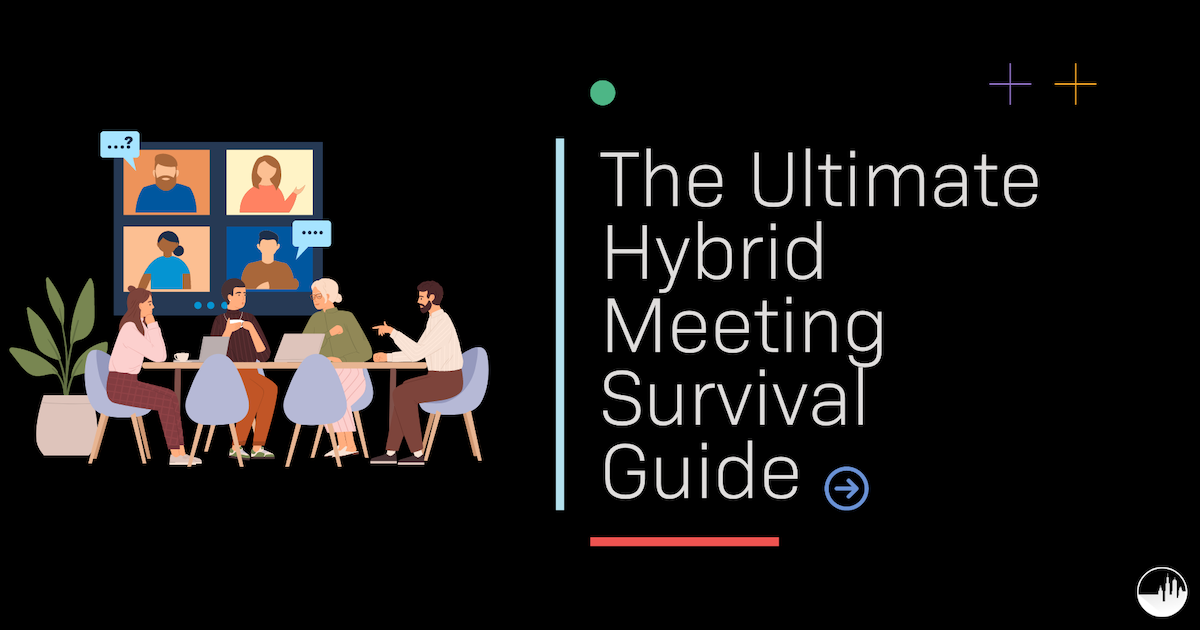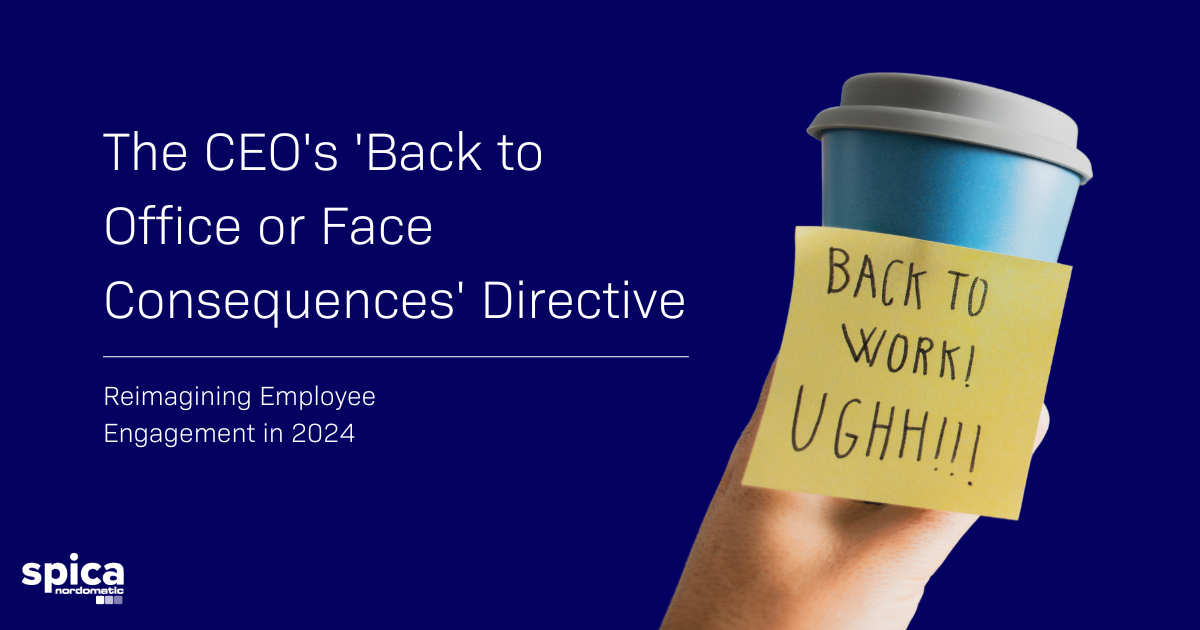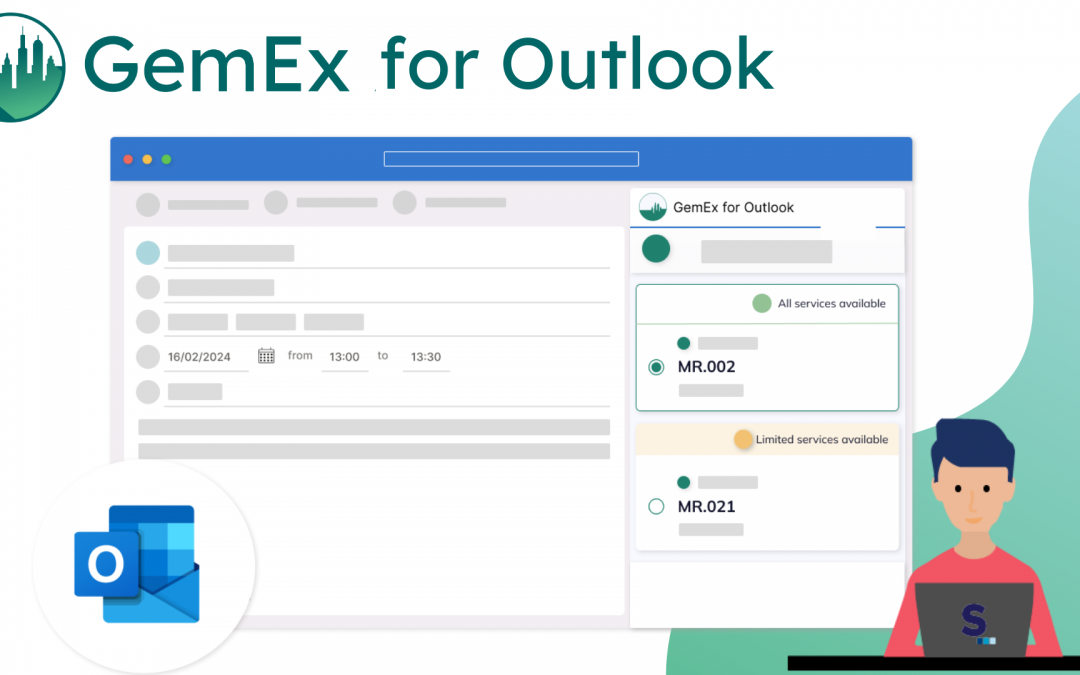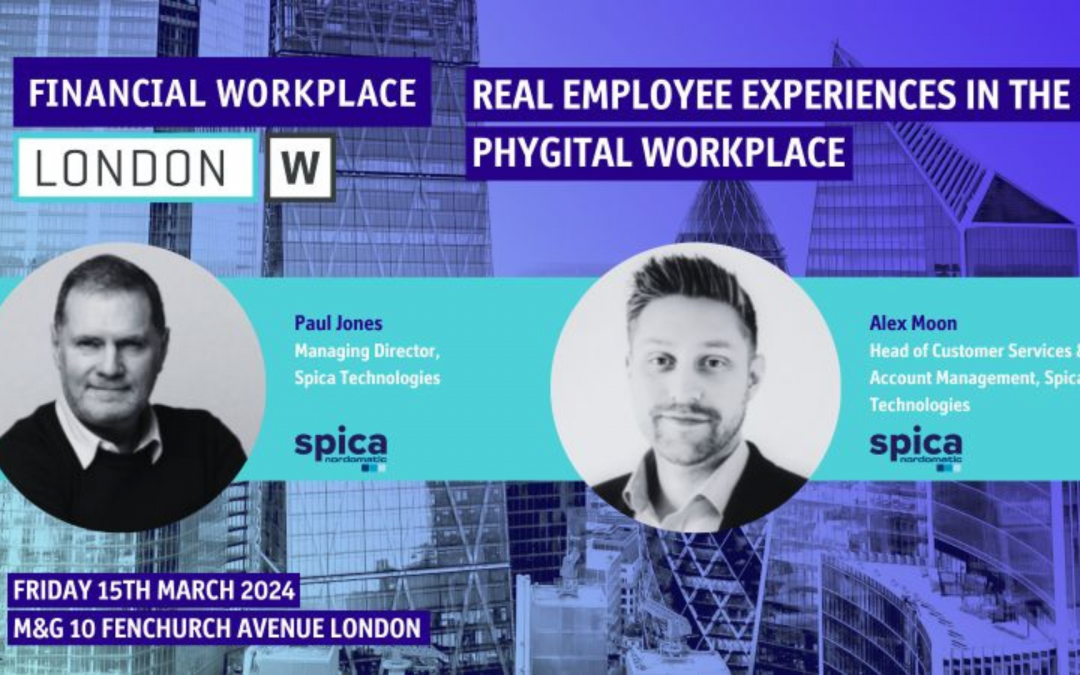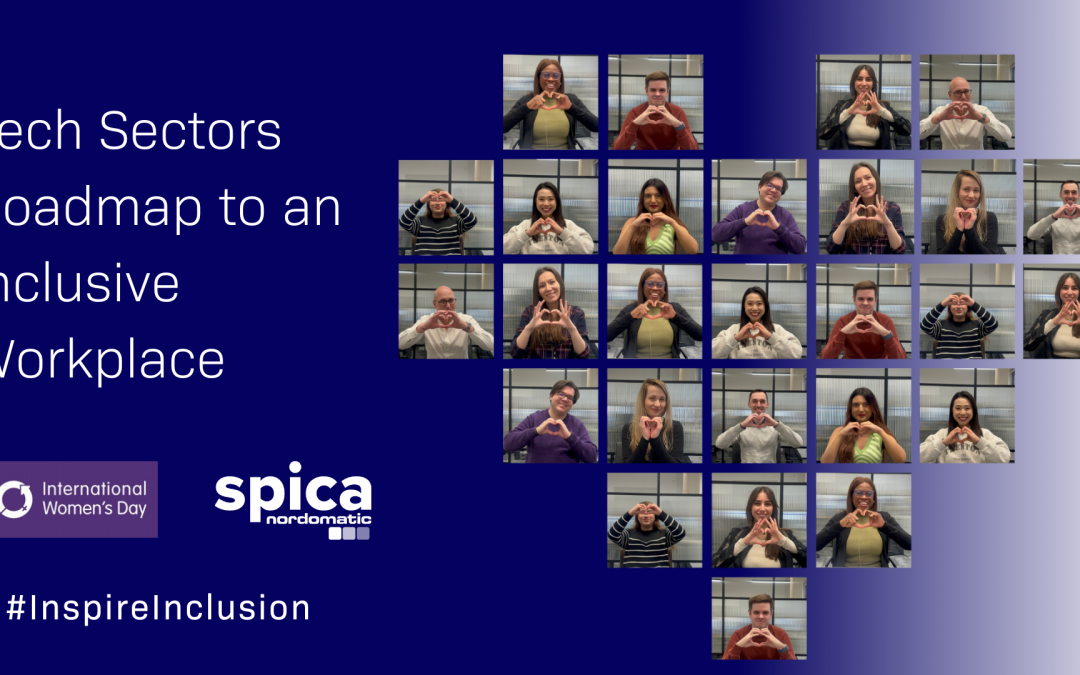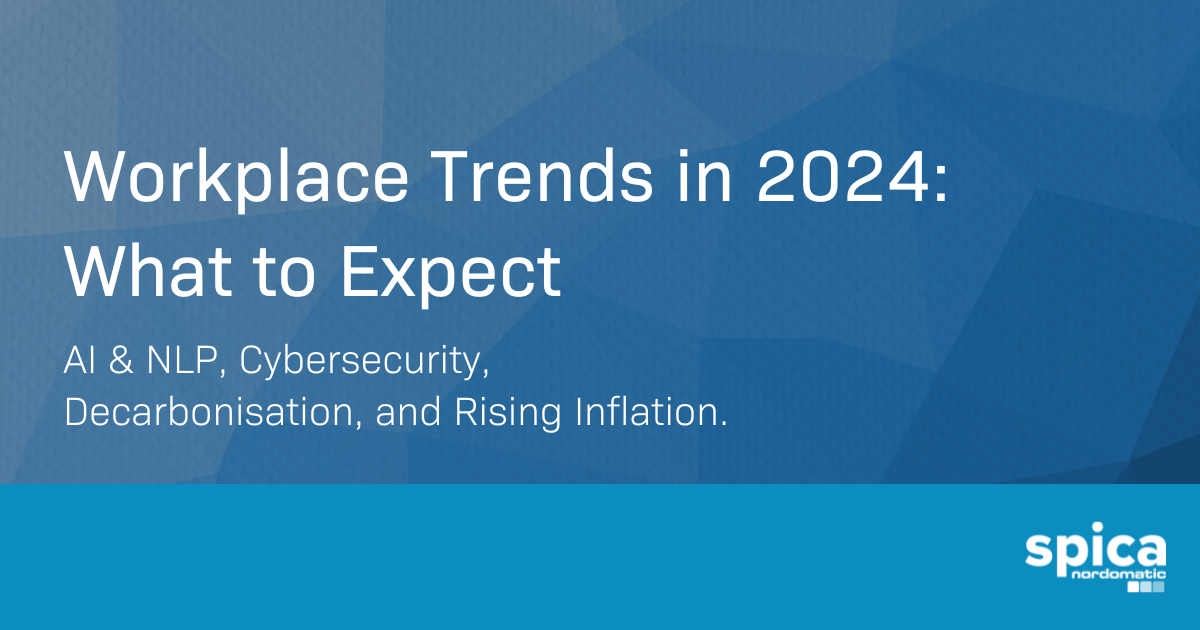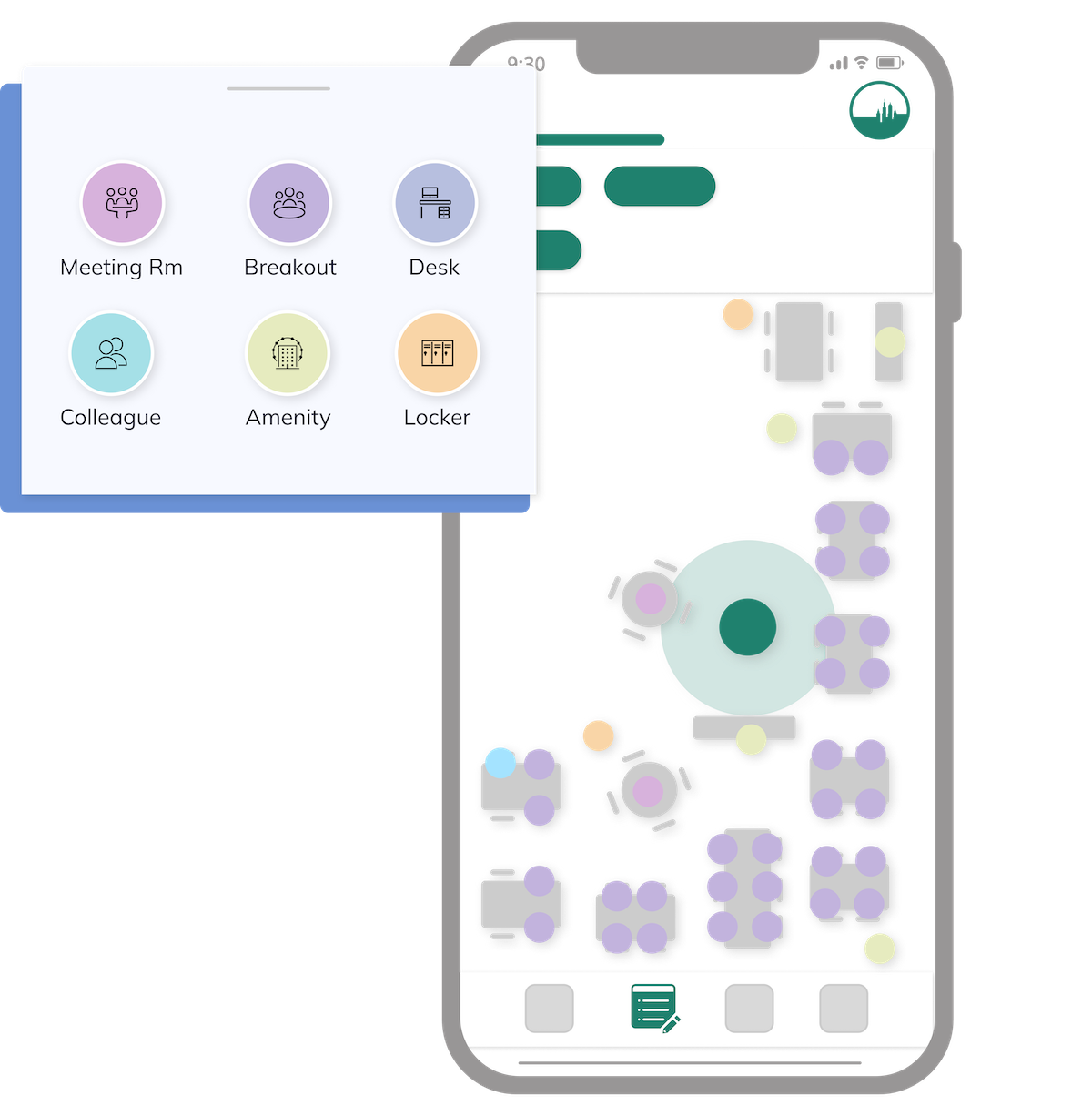We’ve analysed data collected from offices across the UK and Europe, monitoring desk and meeting room usage, to see the trends of how workspaces are really being used and identified some interesting commonalities and patterns. The data was collected over a 6-month period from July to December 2019, across a range of industries. We’d love to hear if these facts ring true with your workspace, get in touch to let us know.
Do you have an assigned desk?
The vast majority of the offices monitored had both hot desks and perm desks, although most had many more unassigned workstations with the perm desks reserved for certain categories of staff (Finance, HR, Execs and those with a personalised workstation setup). Analysing the data we found the busiest month was November and unsurprisingly the quietest month was December.
The peak desk occupancy, the highest number of desks used at the same time, ranged from as low as 17% for one office in December but with many regularly reaching 100%, this averaged out to between 60-65% across all months. However the average amount of desks in use at any time was even lower ranging from 37% to 67%.
There wasn’t a really significant difference in desk utilisation averages between hot and perm desks, although surprisingly July was a high utilisation month for perm desks.
Does your company allow flexible working?
While all office monitored operated a 5-day working week, there was a lot of difference in desk utilisation according to the day of the week. Most employees worked in the office Monday – Wednesday, with Tuesdays as the busiest day giving an average desk occupancy of 56%. Meanwhile Thursdays (34%) and Fridays (27%) are not popular office days, but a good day to find a quiet space to work. Tuesdays in November were the most popular for Hot desking with the peak average utilisation of 65%.
Can you never find a meeting room?
The situation with meeting rooms is very different comparing to desks, while we know from comparing occupancy and booking data that most clients have more spare capacity than they think, that doesn’t mean a meeting room is always easy to find. Most of the monitored companies organised their meetings on Wednesdays (and again November was the busiest month), where the average meeting room utilisation ranged from 63% to 83%.
Are you an early bird or a night owl?
While the average desk occupancy is similar in all countries monitored, we identified a clear difference in working patterns of when people enter and leave the office. In the UK employees generally start arriving in the office between 8:30 and 8:45 and the work day can start as late as 9:40, almost an hour later. However in northern European countries the workday starts much earlier, with the first employees arriving at 6:30 and almost everyone in the office before 8:50. The knock-on effects mean lunch is closer 11am and employees leave closer to 4pm.
Are you spending too much on your office space?
Many of our clients have offices in prime real estate location such as Canary Wharf in London, where the price for one desk can be around £600 per month. For those with large offices, the lack of efficient utilisation just on quiet Fridays can equate to £80k spent over the year on desks that aren’t used every day. Typically we can provide 15-20% improvements in utilisation from initial occupancy analysis and changes, with a further 10-15% in ongoing improvement realised year-on-year. Ultimately consolidating real estate, introducing more activity-based workspaces, dynamically closing off sections of the office and changing work patterns can have a huge impact on your bottom line, easily equating to large savings.
These figures are average finding across many offices, each workspace is different and by using connected sensors our Devicepoint® platform can provide you with detailed usage analysis on how your workplace is performing. Empowering you to make data-driven strategic plans as well as provide an optimal real-time experience and it’s all driven by cutting edge technology with a great user experience. Get in touch to find out more.





